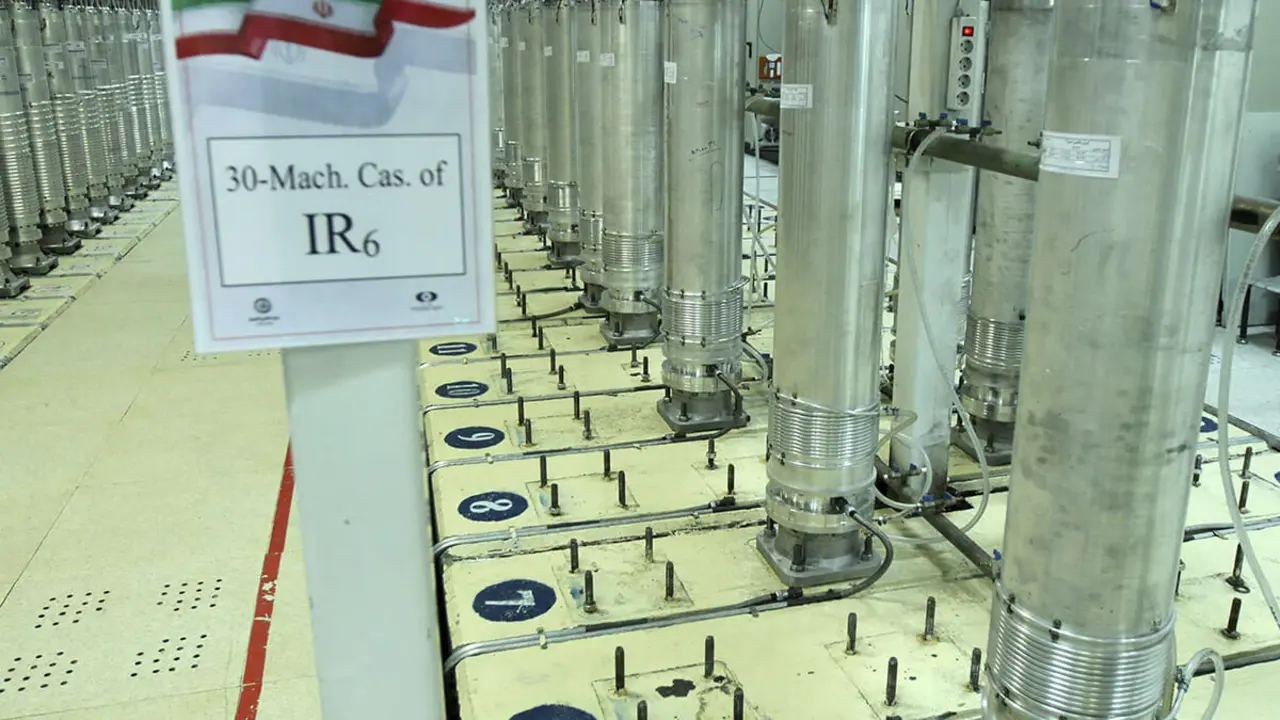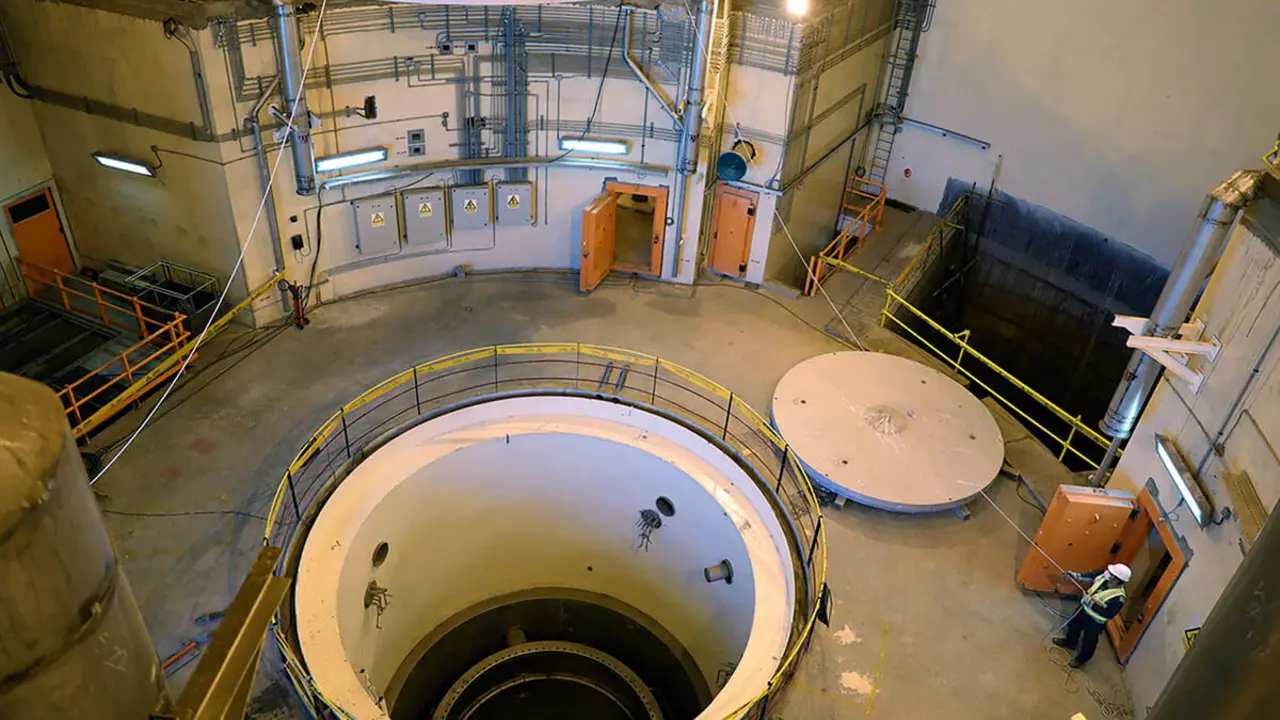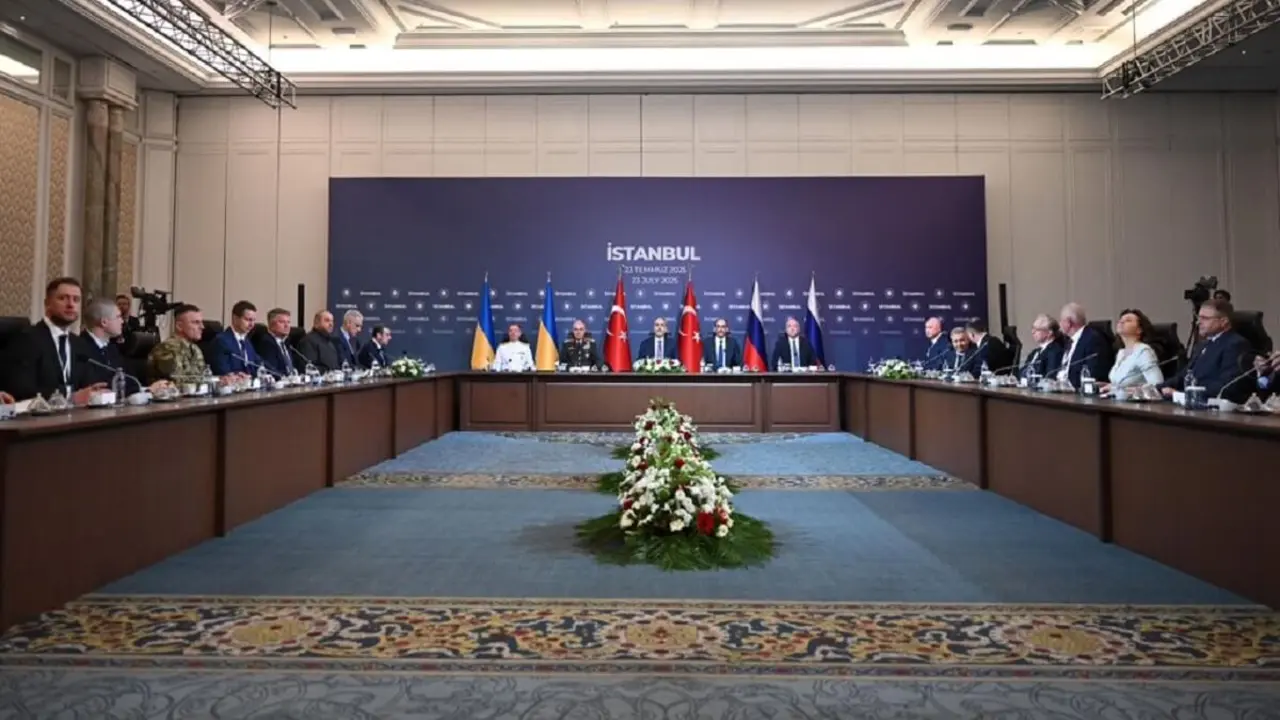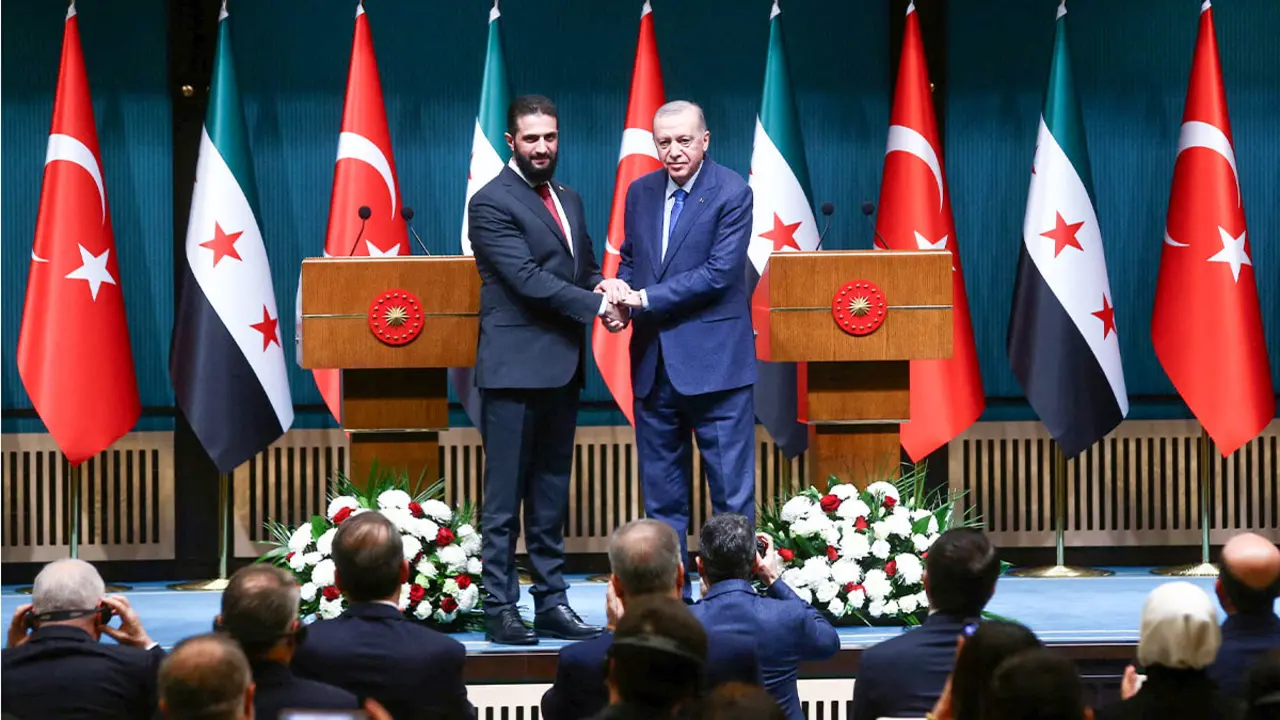Iran tests US-Arab maritime monitoring project in Gulf
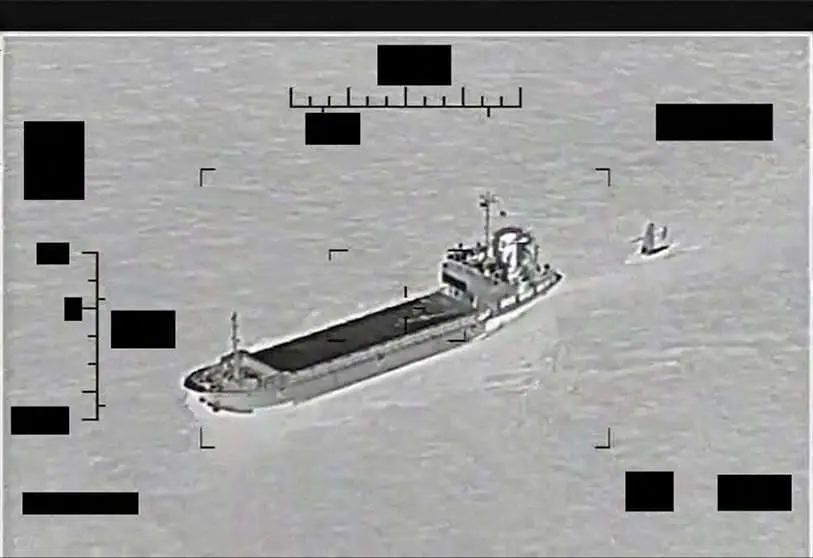
The US Navy on Wednesday (31 August) unveiled an Iranian operation that targeted its surveillance drones in the Persian Gulf. Images released by the US command show an Iranian-flagged support vessel towing an unmanned vessel owned by the US Navy that was conducting surveillance and monitoring in the international waters of the Gulf.
The Iranian vessel was intercepted by the US patrol boat USS Thunderbolt which, after radioing the Iranian vessel and getting no response from it, sent a semi-rigid vessel to cut the cable pulling the drone. The crew of the Iranian vessel cut the cable towing the drone and the Americans recovered their equipment.
The "Saildrone explorer unmanned vessel" that Tehran tried to take is one of 100 drones that the US 5th Fleet Command hopes to deploy in the Persian Gulf and Red Sea to increase its surveillance capabilities. The waters of the Persian Gulf are the scene of bustling smuggling and intelligence activity that pits Iran against its regional rivals in the Arabian Peninsula.
[2 of 3] Here is a video showing support ship Shahid Baziar, from Iran's Islamic Revolutionary Guard Corps Navy unlawfully towing a U.S. Saildrone Explorer unmanned vessel in international waters of the Arabian Gulf, Aug. 30. pic.twitter.com/12qveGsJS7
— U.S. Central Command (@CENTCOM) August 30, 2022
Despite the eventual concessions the Biden administration might make to see a new nuclear deal with Iran flourish, this prospect does not appear to dampen the Pentagon's efforts to maintain its security plans in the region. According to statements by Vice Admiral Brad Cooper, commander of Naval Forces at US Central Command, the US is working closely with Bahrain, the United Arab Emirates, Saudi Arabia and Israel to create a parallel programme to the air defence investments of the Abraham Accords member states.
US finances envisage, as was made public in July, potential assistance for countries under threat from Iran to structure air defence. The maritime surveillance programme would be a similar programme to this one, but with the aim of being able to better monitor what is happening in the Persian Gulf. According to Vice Admiral Brad Cooper, so far the fleet of these new marine drones has more than proved its worth, detecting activities such as Chinese ships with suspicious activity or vessels with signal interceptors to conceal their identity.
According to US Central Command, the drones currently in service are not armed. Defence analysts quoted by the Wall Street Journal, which was able to visit the 5th Fleet facility in Bahrain, believe there is a possibility of equipping them with weapons systems in the near future, something that would not be without debate.
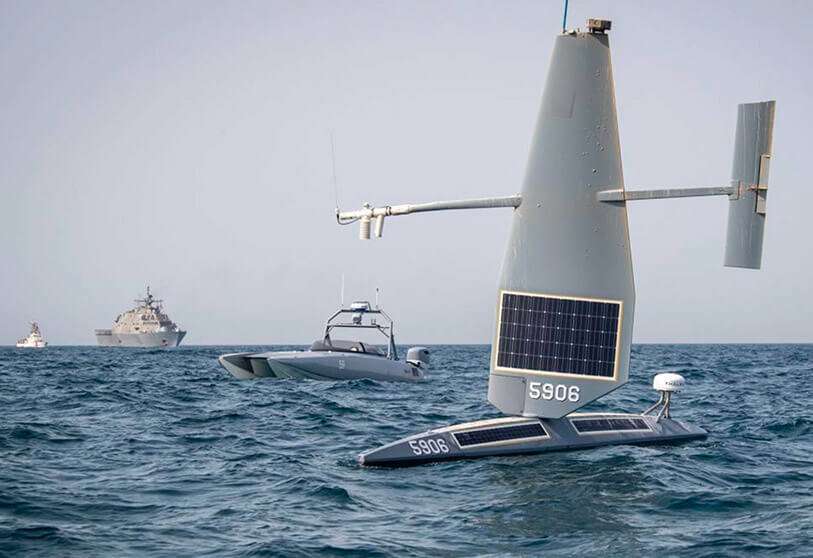
Iran, for its part, is also deploying a large number of assets in the waters of the Persian Gulf to respond to those of its regional rivals. The Strait of Hormuz is a staging route for Iranian cargo ships, many of them sometimes destined for Yemen. In its support for the Houthi rebels, the sea lane was key to Iranian supplies to the insurgents.
Episodes of Iranian-flagged ships being intercepted with military equipment have multiplied since the beginning of the war in Yemen. Even with the ceasefire signed between government forces and rebels, cargo ships from Iran continued their routine.
The new US programme would also make it possible to counter Iranian drone attacks, which are accused of being behind bombings of Israeli merchant shipping that left two dead in 2021.
Americas Coordinator: José Antonio Sierra

